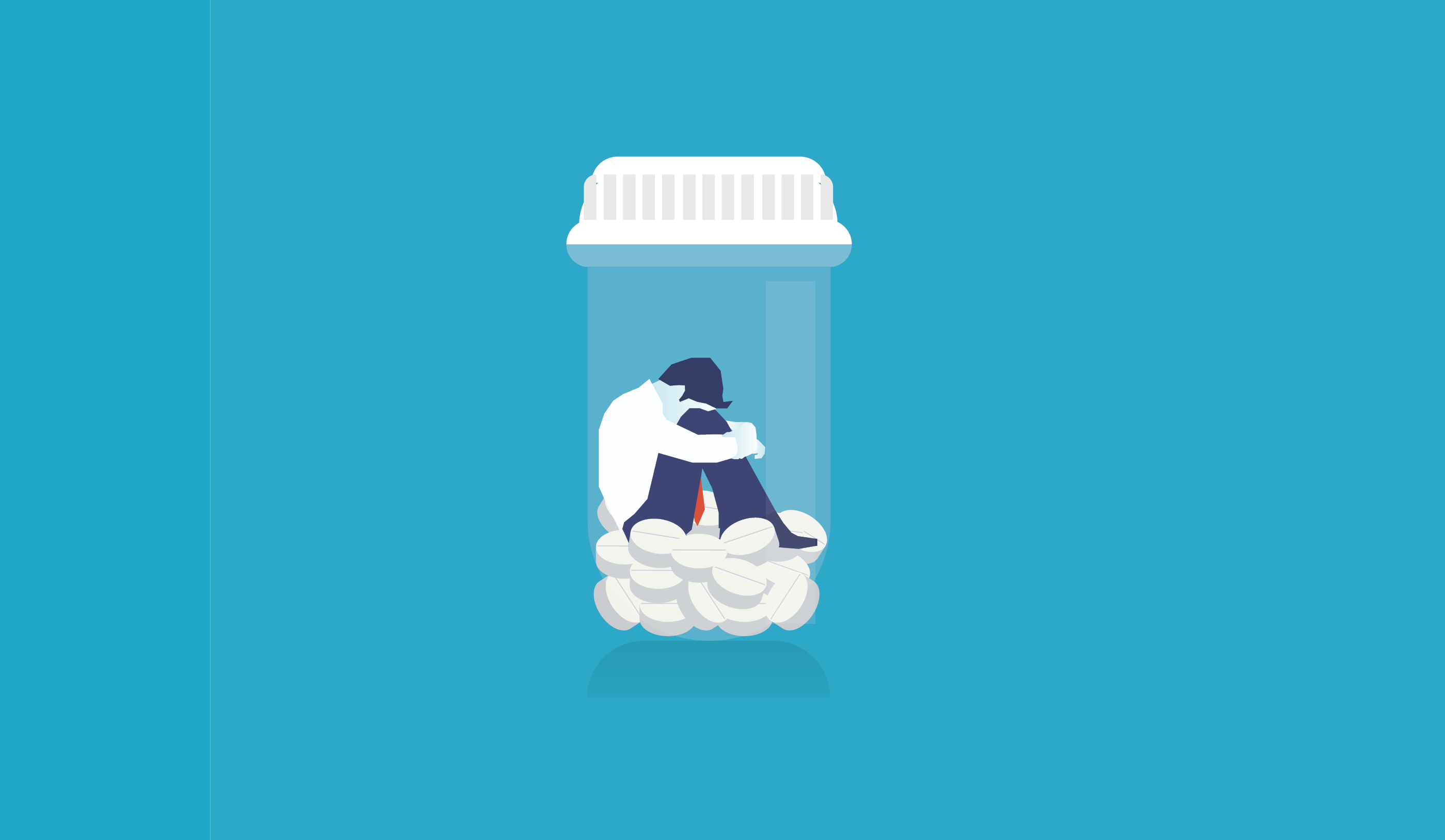
Reckoning with the Opioid Crisis
The WNE Community Seeks to Stem the Tide of Addiction
By Alex Lyman ’12/G’16
One hundred and thirty Americans die every day from an opioid overdose, while almost 400,000 people died between 1999 and 2017 from an overdose involving opioids. These staggering statistics from the Centers for Disease Control and Prevention (CDC) leave little question to the fact that we are in a crisis revolving around opioids and their misuse. However, understanding how we got to this point and where we go from here is something both medical professionals and society at large are trying to wrap their heads around.
The CDC outlines the opioid epidemic in three distinct waves. The first wave began in the 1990s, which saw the increase of opioid prescriptions, which led to increased overdose deaths in the late ’90s. The year 2010 marked the start of a second wave with a rise of heroin overdose deaths, as more people addicted to prescription opioids sought a more readily-available, if not legal, option. The epidemic transitioned to a third wave in 2013, where overdose deaths were most common due to synthetic opioids, such as the illicitly-manufactured fentanyl that can often be found in heroin, cocaine, and counterfeit drugs. These unregulated “street drugs” are among the most dangerous because unlike prescription opioids, the user doesn’t truly know what is in the drug, and whether or not fentanyl is used, and if so, how much, which can easily lead to accidental overdose. Clinical Assistant Professor of Acute Care in the College of Pharmacy and Health Sciences Mark Klee started as a hospital pharmacist around the time of the first wave of the opioid crisis. He says that the demand for better pain management for patients and misconceptions about the use of opioids may have had a hand in unintentionally aiding the opioid crisis.
“In 1999 we were having a very different conversation about pain,” he notes. “At that point many of the people in the hospital were giving us feedback about how we were treating their pain poorly. So there was a real shift back then with the idea that we had to do a better job and the solution at the time was to give more opioids. There was a perception being put forth that people who are in pain had a low risk of addiction when given opioids. In retrospect, as a society we weren’t providing enough education or monitoring for appropriate use. I think we’re seeing the repercussions of that now, despite trying to do what we felt was the right thing.”
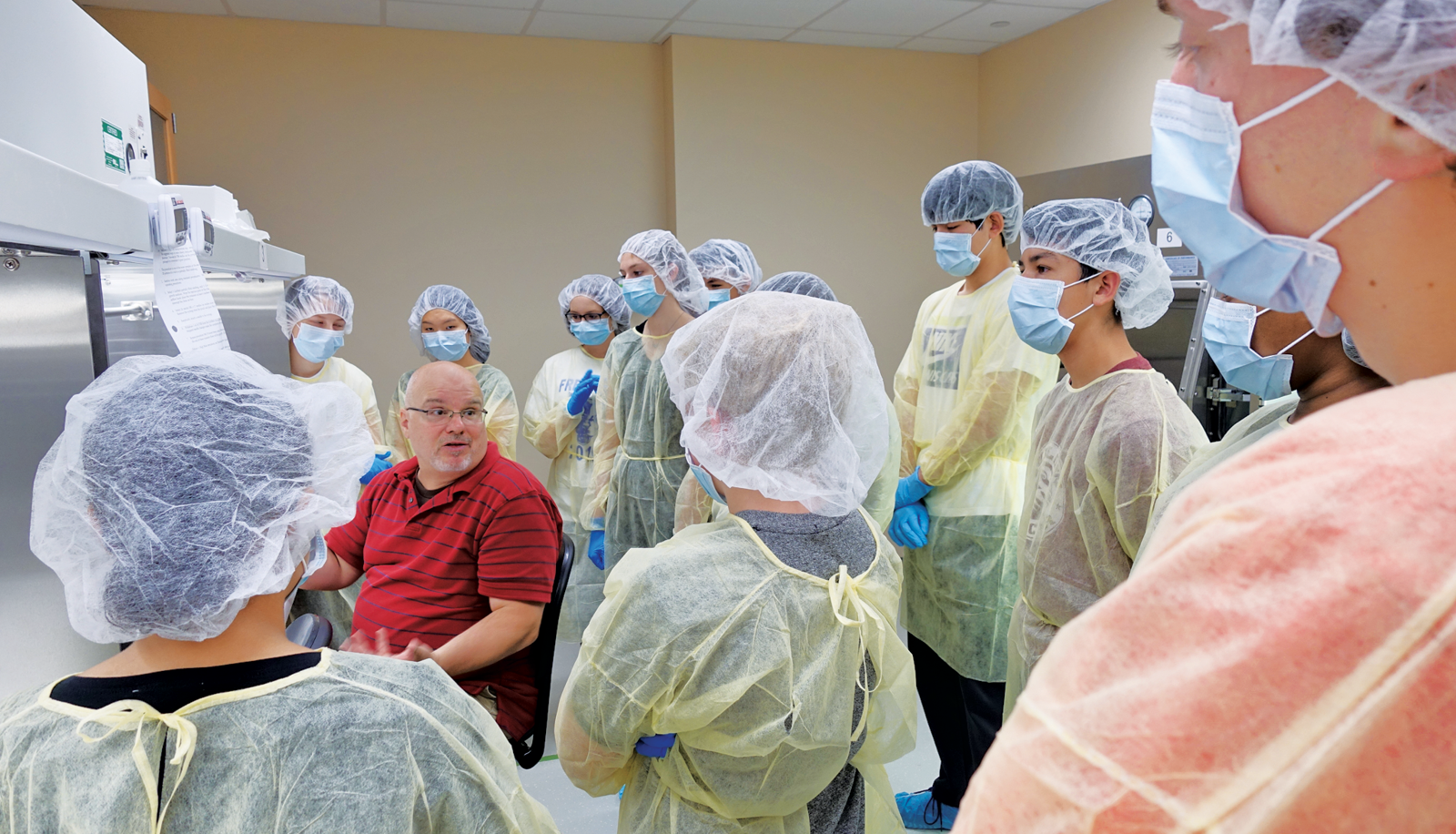
"In 1999 we were having a very different conversation about pain." - Mark Klee, Clinical Assistant Professor of Acute Care
While the inclination to place the culpability squarely on Big Pharma and prescribers isn’t entirely off base, the opioid crisis is in fact, much more complicated, and made up by a perfect storm of combined factors.
“We want to blame the crisis on the pharmaceutical industry or on physicians, but that’s looking at the small picture,” notes Associate Professor of Pharmacology Jilla Sabeti. “Opioids can address physical pain, but they are also effective in addressing emotional pain. If were are not engaged with our emotions and don’t understand how to cope, it becomes a huge risk factor to developing issues with substances. We need to look at a holistic picture of why there is such a demand for this.”
Ironically, as the growing market for opioids and resulting overdoses have generated a considerable amount of media coverage and public awareness, it also created an unintended consequence of patients who do not treat their pain with opioids prescribed to them, for fear of becoming addicted themselves.
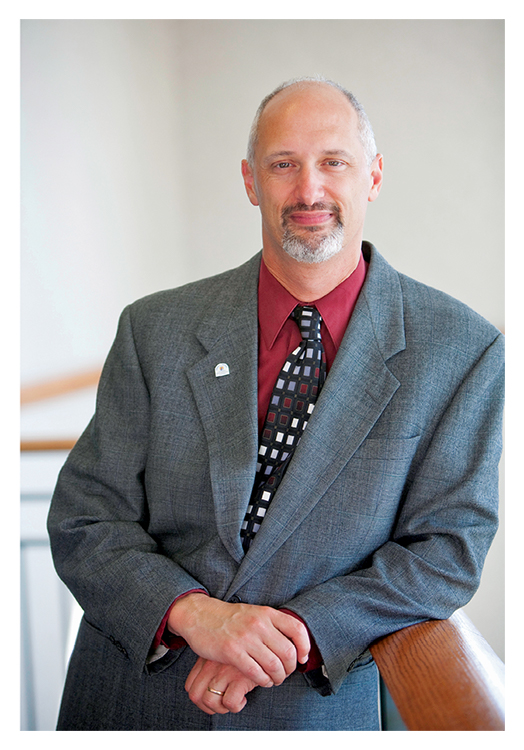
College of Pharmacy and Health Sciences Dean Evan Robinson says that in many instances people with legitimate pain can take opioids safely, as long as they stay within medical guidelines. The pharmacist can help allay such fears and provide information to the patient as well other suitable options, so they can make an informed decision.
“From my perspective, it’s important to talk to the patient about the fact that they are taking a controlled substance, which may be alarming to them, even though it’s for a legitimate reason,” he explains. “The treatment of pain is helpful in assisting the recovery process.”
Because the opioid crisis is made up of so many layers, it becomes that much more difficult to solve, short of removing prescription opioids from pharmacies. Even that won’t stop the manufacturing of unregulated drugs found on the streets. So one question remains: what can be done to stem the tide of opioid addiction?
Viable Solutions for Challenging Times
The first piece to the puzzle is education. This is an important way to work towards a solution to the opioid crisis; medical professionals need to better understand what they are prescribing and users need to learn about safe usage. This might be in the form of more continuing education credits for healthcare providers, or ensuring more comprehensive information and counsel for patients, so that everyone can operate from an informed perspective.
Other solutions come directly from the line of care. For example, pharmacists have the right of refusal; they do not have to fill a prescription for someone who is exhibiting drug-seeking behavior. Pharmacy prescription monitoring programs allow pharmacists to search a database to see when the last time was that a patient filled a prescription for a controlled substance, which can help prevent patients from jumping from pharmacy to pharmacy to fill the same prescription. Some doctors’ offices ask patients to sign a narcotics contract, where they promise to only take the opiate as directed when they are in pain and that they won’t fill the prescription at different pharmacies. Dean Robinson has explored with several area physician groups adding a final line to the contract for patients to seek a safe, effective, legal, and environmentally appropriate means of disposal of the product from their home.
Dr. Klee is a big proponent of making naloxone (better known to the general public as Narcan) more readily available to prevent overdose. In fact, many pharmacies offer naloxone without a prescription at little to no cost with insurance. Naloxone comes as a nasal spray and can be administered by just about anyone.
“With naloxone there is really little risk,” he says. “If you come across somebody you think is having an overdose, but they’re actually having a stroke, naloxone isn’t going to harm them. Regardless, your first step is always to activate EMS so that you have back up.”
On the more controversial side, supervised injection sites have become a topic of conversation. These sites provide clean needles, a safe place to inject, naloxone in case of overdose, and most importantly, outreach professionals that can assist users in getting help to end their addiction. While supervised injection sites are criticized for enabling addiction, these sites may prevent the spread of HIV and AIDS from contaminated needles, avert overdose deaths, and give users options to get help.
While explaining the reasoning behind these sites, Dean Robinson said, “If someone can’t break the cycle of addiction then sites such as this can at least decrease the spread of disease by contaminated needles. From there it becomes important to work with them to find a safe and secure way out of the addiction process, potentially at a treatment facility.”
Nearly one in three people know someone addicted to opioids. - American Psychiatric Association
Retired Chief of Police Frederick Ryan ’91 launched a revolutionary drug addiction recovery program called the Arlington Opiate Outreach Initiative (AOOI) in his jurisdiction of Arlington, MA. The AOOI has two facets: proactive outreach to individuals known to have a substance abuse disorder and community outreach. This initiative helps the police department and first responders provide outreach after a crisis (in this case, usually an overdose) and determine what can be done to help. This program creates a positive contact with police and individuals who are addicted, and opens up the lines of communication for them to get help, rather than criminalizing the illness of addiction. The AOOI also builds relationships with the families of users to offer them support.
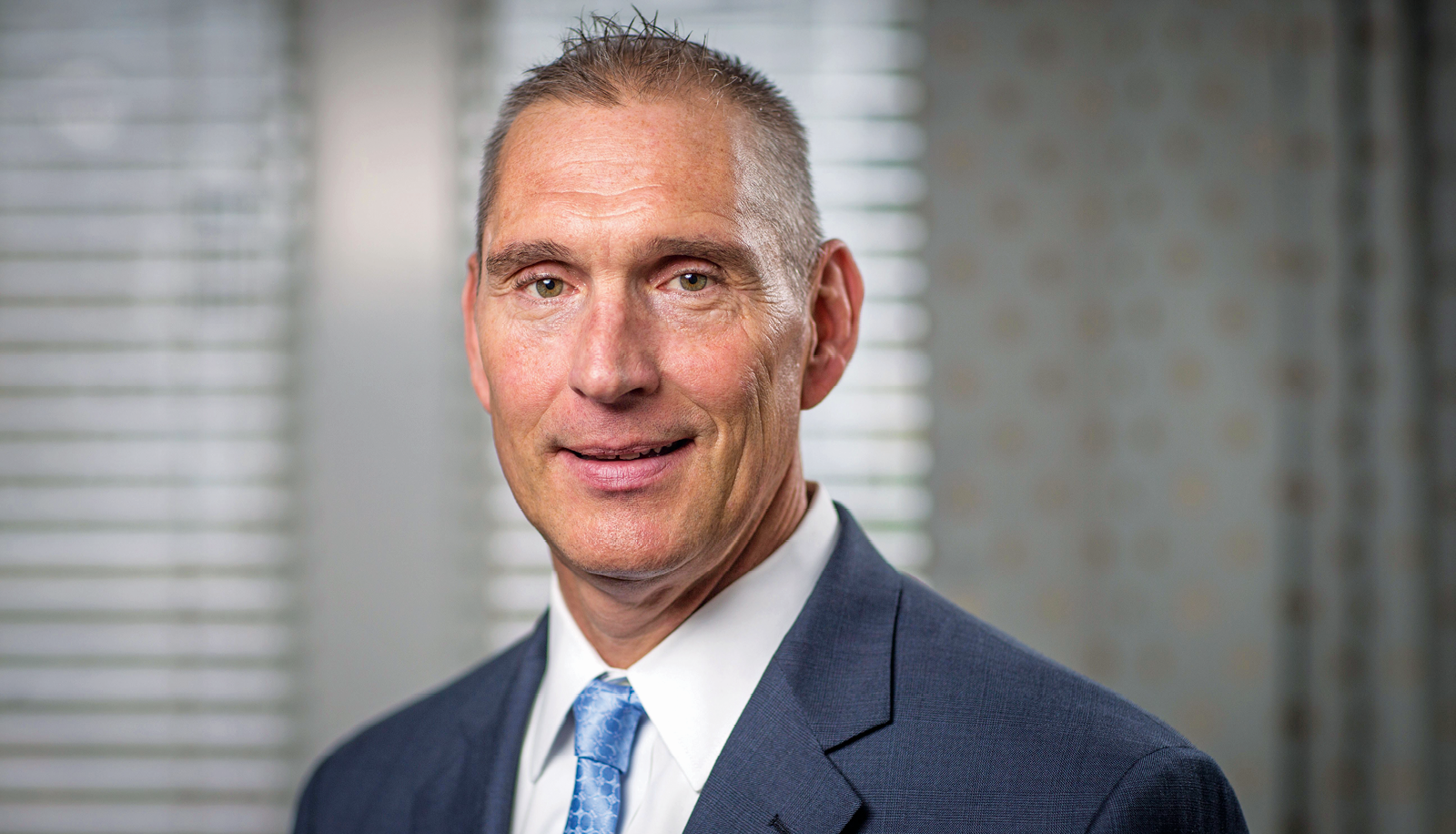
“This epidemic was taking a whole generation of young adults from us and we weren’t going to stand by and be witness to the destruction of families and the community,” Chief Ryan said. “Having a front row seat to this epidemic as a police officer forever changed my mindset on how communities manage addiction.
College of Pharmacy and Health Sciences Response
In 2015, the then College of Pharmacy put out a “Call to Action,” a document meant to engage the campus community in raising awareness about the opioid crisis. It included data and statistics and gave recommendations for the different levels at which everyone could unite towards the call. This “Call to Action” suggested that we all have super powers that, when combined, could reverse the crisis. The document was the start of a variety of initiatives on campus and within the College of Pharmacy and Health Sciences that focused on addiction.
“Listen: Addiction, Let’s Talk About It” was the initial campus-wide education project that centered around enhancing communication and dialogue around addiction. From getting rid of the stigma to how to recognize and address addiction in a non-threatening way, faculty, staff, and students were able to have an open and honest discussion, led by Pharmacy learners. This segued to University involvement with the Pioneer Valley Interprofessional Education Collaborative in hosting a series of events where medical professionals in the community gather together to learn about the crisis and discuss it from their respective vantage points.
The Pharmacy curriculum also clearly addresses addiction of all kinds. Dr. Sabeti requires that students in her Drug Abuse and Addiction electives visit meetings for 12-step recovery programs in order to get a handle on the language and techniques used, but also to humanize what addiction looks like, which will help them better serve patients in the future. Other courses in Neurology and Pain Management contribute to a more informed method of practicing for our learners. Dr. Klee regularly works with the Quabog Hills Substance Abuse Alliance, and has also been able to involve his students in those efforts for learning on the front lines.
Rewriting the Rx
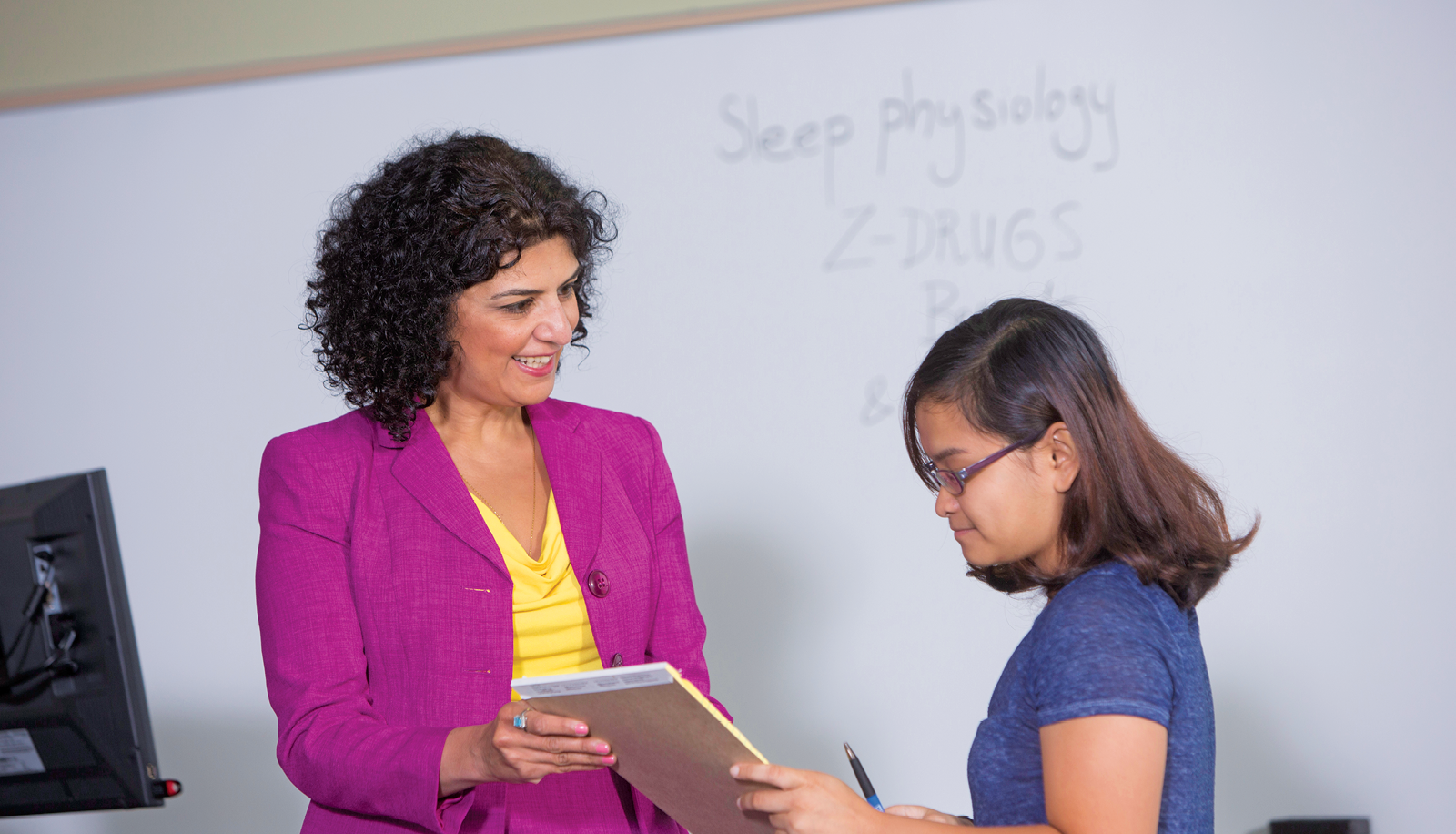
Practical solutions, including the ones mentioned here, are vital to helping victims wherever they are in the cycle of addiction. However, to truly eradicate the opioid crisis, it’s going to take collaboration, empathy, and conversation to move us forward as a more empowered society.
“In some ways I think that we’re getting further along to where we need to be,” says Dean Robinson. “I think the initial miss was the fact that conversation never took place and the issue of addiction was minimized. I don’t think conversations occurred the way they should have.”
Says Dr. Sabeti, “Nothing short of the power of unity, eliminating stigma, and enhancing our discourse can really help dramatically stem the tide of the epidemic. It’s going to take an entire community to do that, and it’s going to take talking between us all. It’s not just physicians or pharmacists that are going to solve the problem. There is a shared social and moral responsibility that every single one of us have.”


